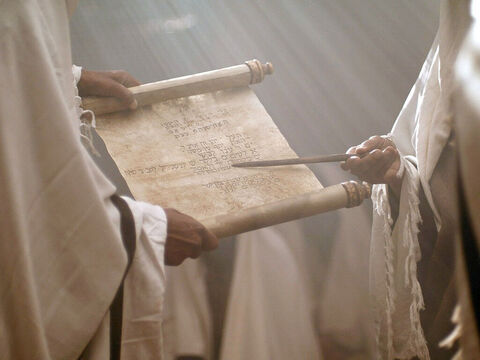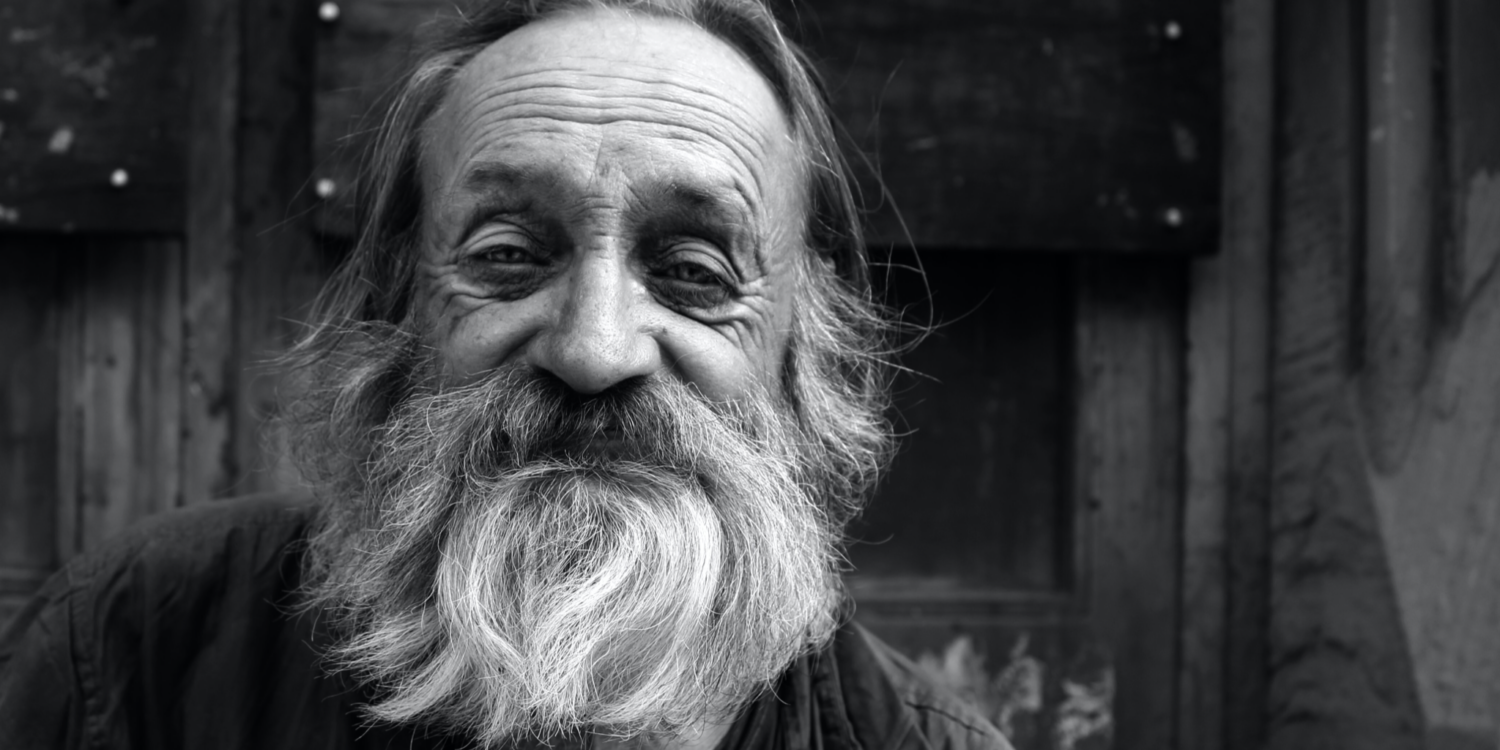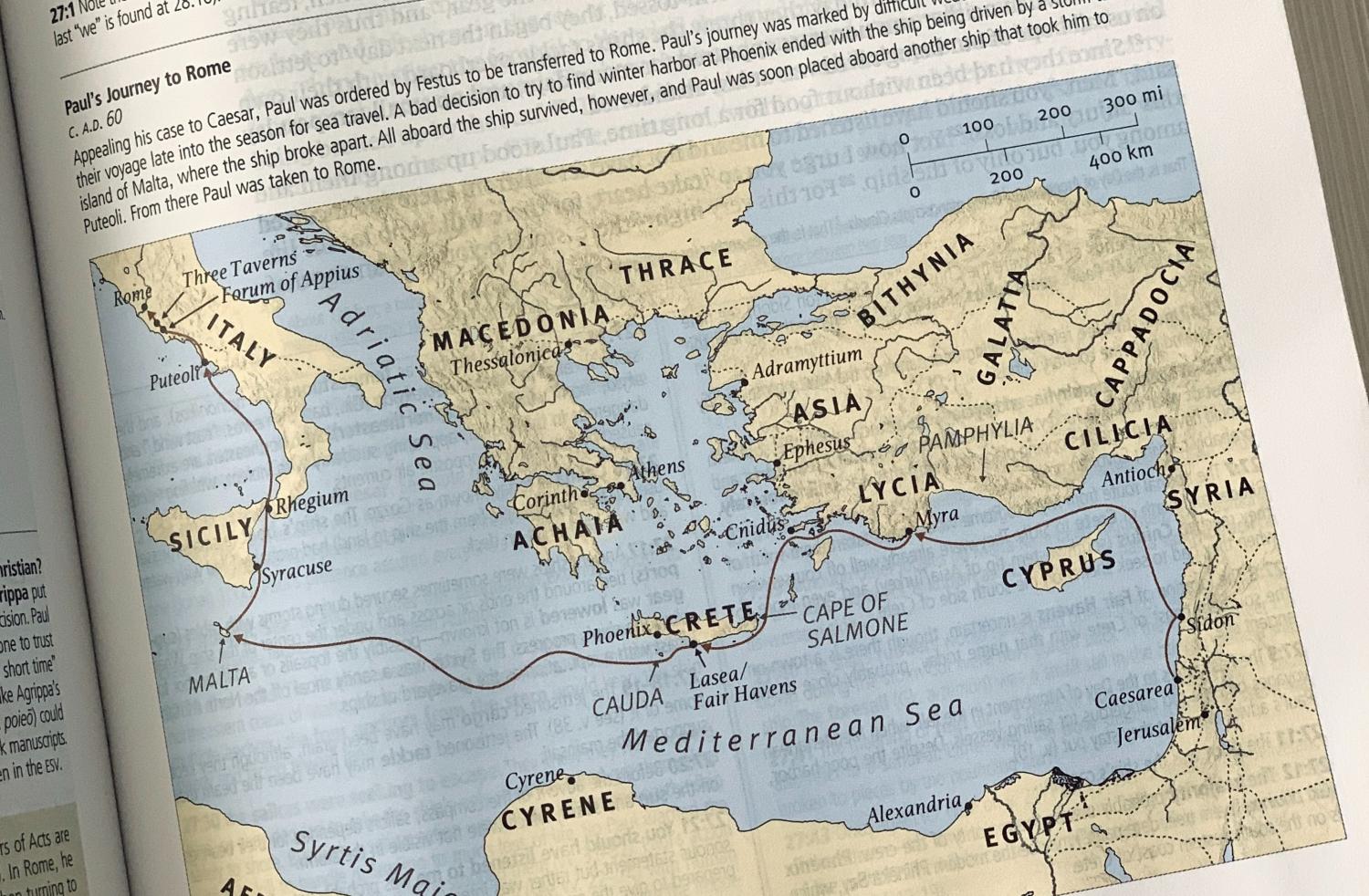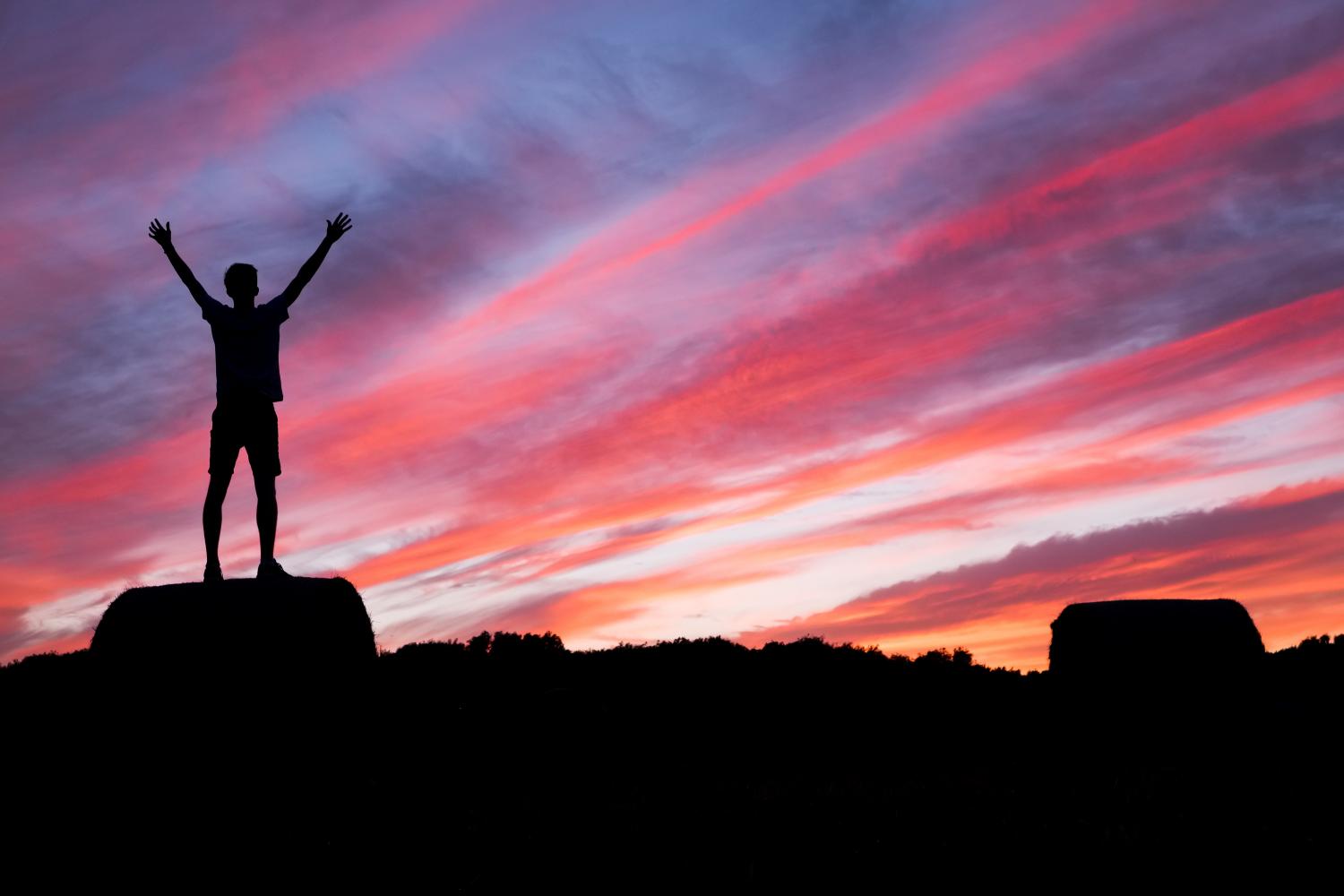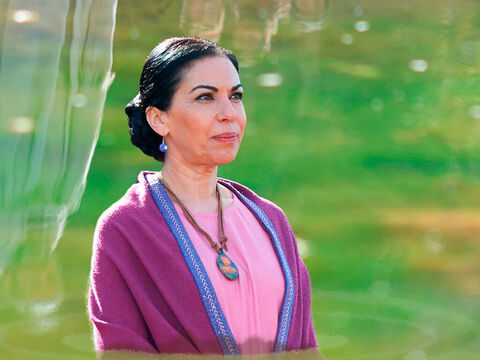Digging Deeper: Jesus’ Sermon at His Hometown Synagogue
Author: Mr. Kenneth Frank | Faculty in Theology, Living Education
Estimated Reading time: 7 min.
Did you know that Jesus was considered a member of his hometown synagogue congregation and was thereby invited to preach to them on a Sabbath?
I have never preached a sermon in my hometown, although I have done so in my home state. Paul spent several years preaching in his hometown of Tarsus, in today’s nation of Turkey. If you were invited to speak before your hometown congregation, what would you say to them? You may want to be complimentary and grateful to those who witnessed your life changes in their community. This Digging Deeper will explore the first-century Sabbath liturgy in a narrative only Luke records to better understand what happened when Jesus addressed His local congregation.
The Gospel According to Luke records this experience in Luke 4:16-30. It occurs near the beginning of Jesus’ Galilean ministry. This was Jesus’ first visit to the town of Nazareth, where He grew up, since His baptism by John the Baptist. It is important for our understanding of Jesus’ sermon to remember that the Gospels refer to this area as “Galilee of the Gentiles” in the first century. During Pax Romana, the era of “Roman peace”, Galilee was occupied by many non-Jews. Luke records this incident right after reporting Jesus’ temptation by Satan in the wilderness (Luke 4:1-13). However, John’s Gospel inserts His early Judean ministry following His baptism by John the Baptist and His temptation by the Devil. Following that, Luke briefly records Jesus being well-received when He taught in the Galilean synagogues (Luke 4:14-15). Jesus was both a preacher and a teacher, which are different means of communication. Teaching can be more effective than preaching because teachers can turn passive listeners into active participants. Jesus expected a response to His messages from the audience.
The First Century Synagogue
The word synagogue means “assembly.” Perhaps more than any other institution, the synagogue preserved the religion, culture, and special status of the Jewish people. These meeting places originated during the Babylonian captivity of the House of Judah and developed further during the time between the testaments (the Intertestamental Period). These buildings served as places of prayer and worship on the Sabbath. During the week they were transformed into law courts and schools. But on Sabbaths and at festivals they were places of scriptural instruction. Each synagogue was supervised by a board of elders or rulers. One lesser official was called a chazzan, somewhat equivalent to a deacon in Christian churches. The Holy Land offered synagogues not only for native Jews but also for diaspora Jews (those Jews originally from outside the Holy Land). It is estimated there were 480 such synagogues in Jerusalem alone.
In the standard synagogue layout, the main room provided a reading desk upon which scrolls of the Hebrew Bible were unfolded for reading. It was customary to read a portion of the Law and then a portion of the Prophets while standing, out of respect for God’s word. Following that, someone was invited to expound upon the texts for the day, usually based on the reading from the Prophets. Qualified men of the congregation were called upon by the rulers to sit in an assigned seat called “Moses Seat.” I refer you to my recent Digging Deeper article by this same title. Jesus was popularly considered a rabbi, or teacher – John 1:38, 49; 3:2; 6:25. Visiting rabbis were often invited to address the assembly, as was common for the Apostles Paul and Barnabas (Acts 13:13-16). Not only this, being a male member of this congregation entitled Jesus to be called upon to deliver the sermon for the day.
Order of service
Attendance was required for the Sabbaths and Feast days. The congregation faced the ark (chest or cabinet) housing the scripture scrolls in the front of the room. Men sat on one side of the room and women and children on the other or up in a balcony. Those who sat in the front near the reader’s desk were in the “chief seats,” mentioned by Jesus in the Gospels. Following an opening prayer, the Seventh-day Adventist Bible Commentary, Vol. 5 reports a typical order of service as follows:
- Recitation of the shema – Deuteronomy 6:4-9 – known as “the creed of the Jews”. Part of this read: Deuteronomy 6:4-5 KJV “Hear, O Israel: The LORD our God is one LORD : (5) And thou shalt love the LORD thy God with all thine heart, and with all thy soul, and with all thy might.”
- The parashah, or reading of the appointed section of the Law – anyone making the least mistake was immediately replaced by someone else.
- The haphtarah, or reading of the Prophets.
- The derashah, or “investigation, study” – a homily, discourse, or sermon usually given by a member of the congregation, usually based on the Prophets but also could be from the Law.
- The bendiction (blessing) – offered by the priest, if one was present. Otherwise, a prayer was offered to conclude. In some places singing of psalms was introduced into the service (Review and Herald Publishing Association, 1980, pp. 57-58).
Luke 4:16 affirms that Sabbath attendance was Jesus’ regular habit. Jesus’ and His apostles and believers always observed the seventh-day Sabbath throughout the New Testament. Following their Master’s example, Christians today regularly attend Sabbath and festival services. Jesus’ example also provides evidence that the seven-day cycle since Creation has not been lost since Christians need only go back to Jesus’ day to verify this. He is the Creator and Lord of the Sabbath (Mark 2:28). Time has not been “lost,” as some assert, since the first century. Jews would not have lost the cycle of days since that time either. They have meticulously recorded their weeks, months, and years for millennia to faithfully observe God’s sacred times.
He stood up to read
After the synagogue service began with prayer and a reading from the Law, Jesus was invited to read the Prophets portion for the day. The scroll he was handed was that of Isaiah. Possibly, He chose that scroll for this occasion. He stood to read it out of respect for God’s word. In the time of Ezra, not only did Ezra stand to read but the audience did as well (Nehemiah 8:5). The words “to read” in Luke 4:16 imply that Jesus read aloud. He preached in other synagogues, but read only here in Nazareth, showing He was considered a member of this synagogue. The lesson for the day was only read in Hebrew, indicating Jesus knew Hebrew as well as Aramaic (the common language of first-century Jews in the Holy Land), and possibly Greek (the common language of the eastern Roman Empire).
The chazzan would take the scrolls from a cabinet (chest) called “the ark,” to hand to the President of the synagogue who then handed it to the reader for the day. Scrolls were animal skins of parchment on which the sacred words were written in ink. These parchments were rolled on two rollers, or spindles, and were unraveled from the right roller to the left. Unlike many modern languages, Hebrew is read from right to left. As Jesus unrolled the scroll, He read a portion from two passages of Isaiah: Isaiah 61:1-2; Isaiah 58:6. This combining of texts was commonly done in that time to join together passages with a similar theme. This was called gezerah shava, a “comparison of equals”, creating a composite text.
What Jesus read at first brought keen interest, then curiosity, then alarm, and finally hostility. What did Jesus say that brought about a mob action that threatened His very life? Watch for a future Digging Deeper in which I will annotate Luke’s summary of Jesus’ message to that congregation. In the meantime, I encourage you to read and study this entire account in Luke 4:16-30.
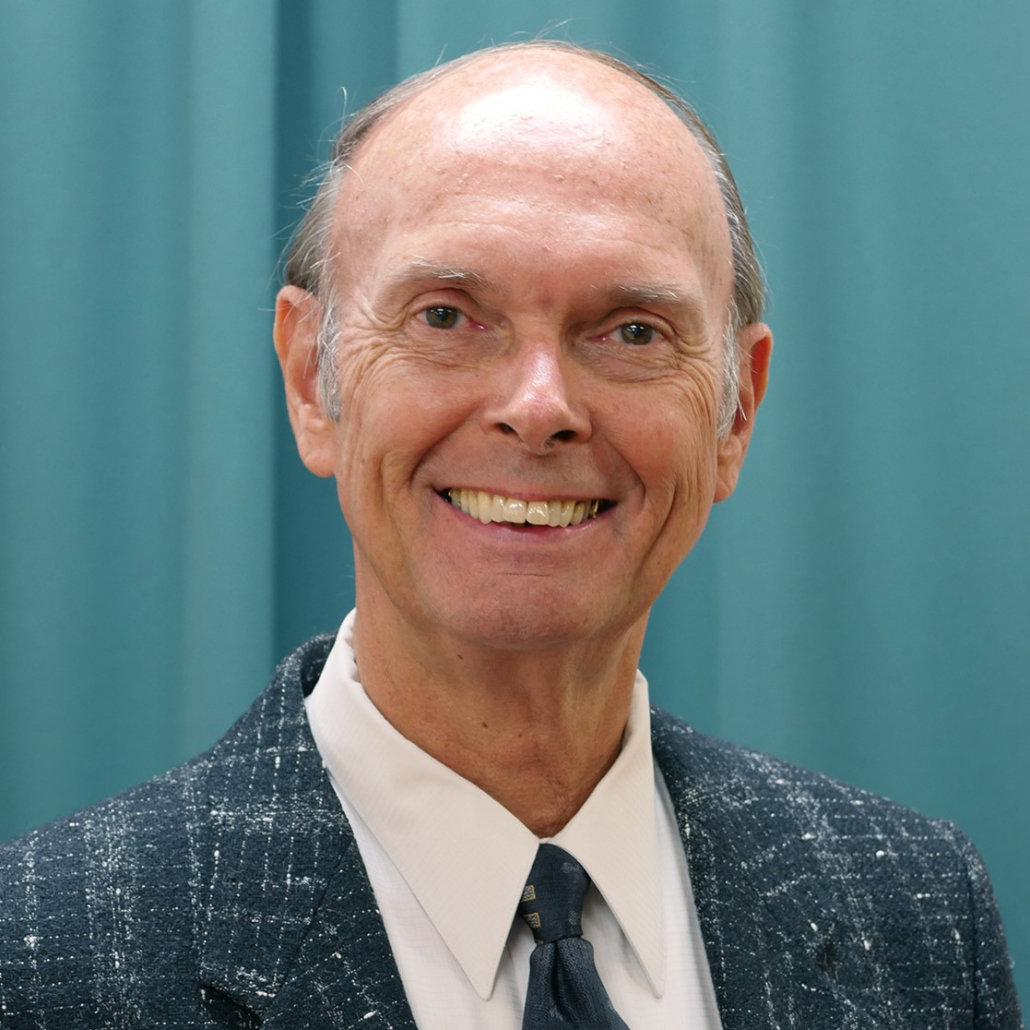
Kenneth Frank was born and raised in New Jersey, USA, and attended Ambassador College, graduating in 1973. He served in the Canadian ministry from 1973-1999, after which he returned to the USA to pastor churches in Maryland, Virginia, and North Carolina for 15 years. Having earned a BA degree from Ambassador College he later earned a MA degree from Grand Canyon University before being assigned to the Charlotte office to teach at Living University, now Living Education. Currently, he teaches the Survey of the Bible course to the on-campus students and writes the Digging Deeper column for our online Bible study program. He is married, has four children, and seven grandchildren.

